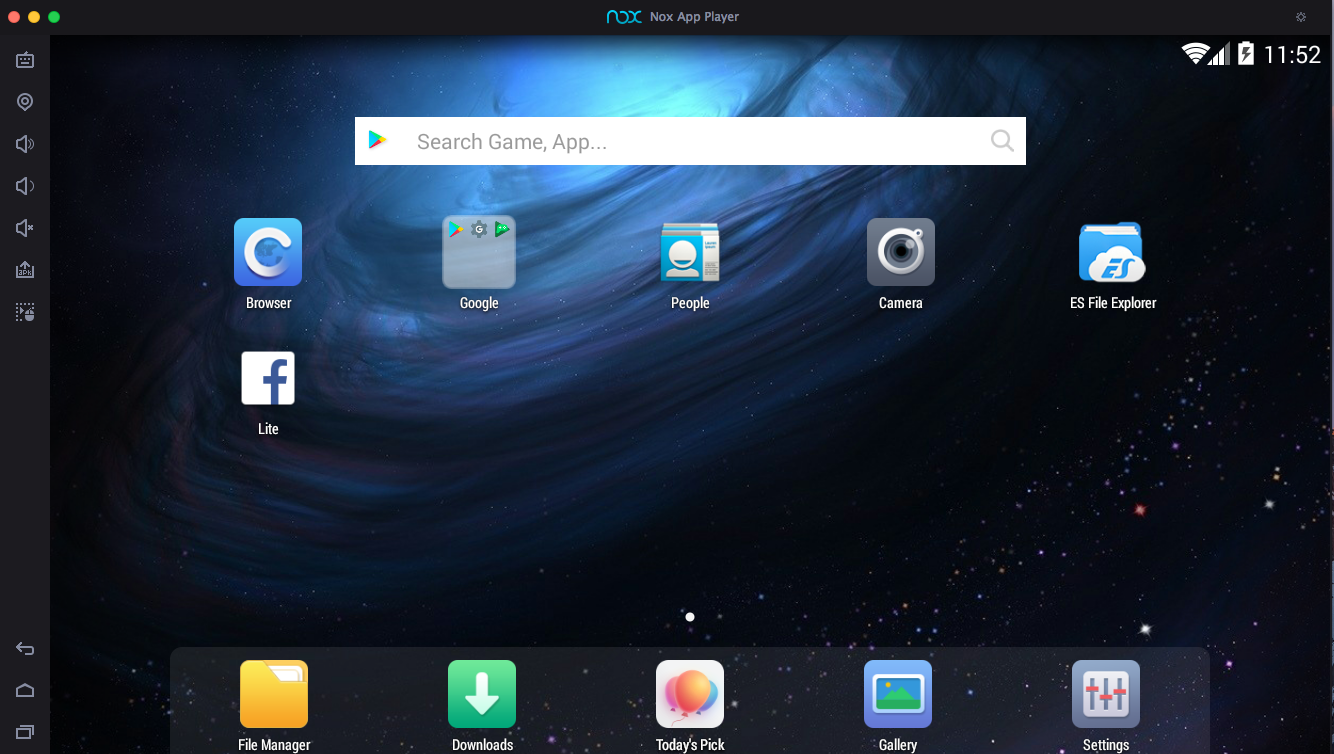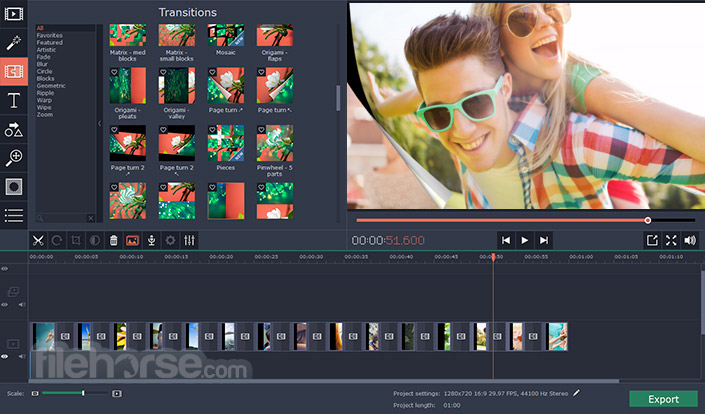You can set up App Inventor and start building apps in minutes. The Designer and Blocks Editor run completely in the browser (aka the cloud). To see your app on a device while you build it (also called “Live Testing”), you’ll need to follow the steps below.
You have four options for setting up live testing while you build apps
Step 1 → Download Android Studio and choose correct version for Mac M1 chip. Step 2 → Install Android Studio and create emulator (if it’s created by default don’t use that one. I created manually) Now run your emualtor from AVD Manager because in my case it was not showing emulator option. Your emulator started but It’s not showing. Click on releases option and download the latest preview version by clicking of android emulator m1 preview.dmg. It will download a DMG file. Click on the DMG file in downloads folder of your Mac. May 20, 2021 2021-07-31 更新 如果你的电脑是 M1 芯片,请点下面链接,查看下载列表,选择 Mac (64-bit, ARM) 版本的 Android Studio 进行下载。如果你点击顶部大图绿色大按钮,会下载 Intel 芯片的 Mac 版本。.
If you are using a smartphone or tablet device and you have a wireless internet connection,you can start building apps without downloading any software to your computer. You will need to installthe MIT App Inventor companion app on your iOS or Android device. Choose Option One below. This choice is STRONGLY RECOMMENDED.
If you have a Android-capable Chromebook, choose Option Two below.
If you do not have a smartphone or tablet, you will need to install software on your computer so that you can use an on-screen Android emulator. Choose Option Three below.

If you have an Android device but do not have a wireless internet connection, you’ll need to install software on your computer so that you can connect to your Android device over USB. Choose Option Three below. The USB Connection option can be tricky, especially on Windows. Use this as a last resort.
Option One - RECOMMENDED
Build apps with your iOS or Android device using a WiFi Connection (preferred): Instructions
If you have a computer, a smartphone or tablet, and a WiFi connection, this is the easiest way to build and test your apps on the device.
Option Two
Build apps with a Chromebook: Instructions
Many Chromebooks are capable of running Android apps. That lets you build and run the finished app on the same device.
Option Three
Don't have a device? Use the Emulator: Instructions
If you dont have a phone or tablet handy, you can still use App Inventor. Have a class of 30 students? Have them work primarily on emulators and share a few devices.
Option Four
No WiFi? Build apps with an Android device and USB Cable: Instructions
Some firewalls within schools and organizations do not allow the type of WiFi connection required. If WiFi doesnt work for you, try USB.
System requirements
Computer and operating system
- Macintosh (with Intel processor): Mac OS X 10.5 or higher
- Windows: Windows XP, Windows Vista, Windows 7
- GNU/Linux: Ubuntu 8 or higher, Debian 5 or higher (Note: GNU/Linux live development is only supported for WiFi connections between computer and smartphone/tablet.)
Browser
- Mozilla Firefox 3.6 or higher (Note: If you are using Firefox with the NoScript extension, you’ll need to turn the extension off. See the note on the troubleshooting page.)
- Apple Safari 5.0 or higher
- Google Chrome 4.0 or higher
- Note: Microsoft Internet Explorer is not supported
Phone or Tablet (or use the on-screen emulator)
- iOS 9.0 or later on iPhone, iPad, or iPod Touch
- macOS 11 or higher on computers with Apple M1 Silicon
- Android Operating System 2.1 (“Eclair”) or higher for Android devices
<< To App Inventor Library
<< To Getting Started Guide

This is the second post that I dedicate to talk about configurations using the new M1 Apple processor. As I said in the previous post, these configurations are workarounds until stable versions are released, however, for me, they have been useful and I guess that someone in the same situation as me can benefit from that.

Using Android studio in the new Macbook Air
When you install Android Studio you will get the following warning:
Unable to install Intel® HAXM
Your CPU does not support VT-x.
Unfortunately, your computer does not support hardware-accelerated virtualization.
Here are some of your options:
1 - Use a physical device for testing
2 - Develop on a Windows/OSX computer with an Intel processor that supports VT-x and NX
3 - Develop on a Linux computer that supports VT-x or SVM
4 - Use an Android Virtual Device based on an ARM system image
(This is 10x slower than hardware-accelerated virtualization)
Creating Android virtual device
Android virtual device Pixel_3a_API_30_x86 was successfully created
And also in the Android virtual device (AVD) screen you will read the following warning:
If you want to learn more regarding virtualization in processors you can read the following Wikipedia article, the thing is that our M1 processor doesn’t support VT-x, however, we have options to run an Android Virtual Device.
As the previous message was telling us, we have 4 options. The easiest way to proceed is to use a physical device, but what if you haven’t one available at the moment you are developing?
Android Studio Emulator For Mac M1
From now on, we will go with the option of using an Android virtual device based on an ARM system image as options 2 and 3 are not possible to execute.
Using the virtual emulator
Android Emulator For Mac M1 Github
The only thing that you have to do is to download the last available emulator for Apple silicon processors from Github https://github.com/741g/android-emulator-m1-preview/releases/tag/0.2

Once you have downloaded you have to right-click to the .dmg file and click open to skip the developer verification.
After installing the virtual emulator, we have to open it from the Applications menu.
After opening it you will see Virtual emulator in Android Studio available to deploy your Android application. Make sure to have Project tools available in Android Studio (View -> Tool Windows -> Project)
After pressing the launch button you will get your Android application running in your ARM virtual emulator :-)
Android Os For Mac
Conclusion
Android
In this post, we have seen that is possible to install Android Studio in Macbook Air M1 and use a virtual device even that your M1 doesn’t support VT-x. You can learn more about this emulator in the following references: